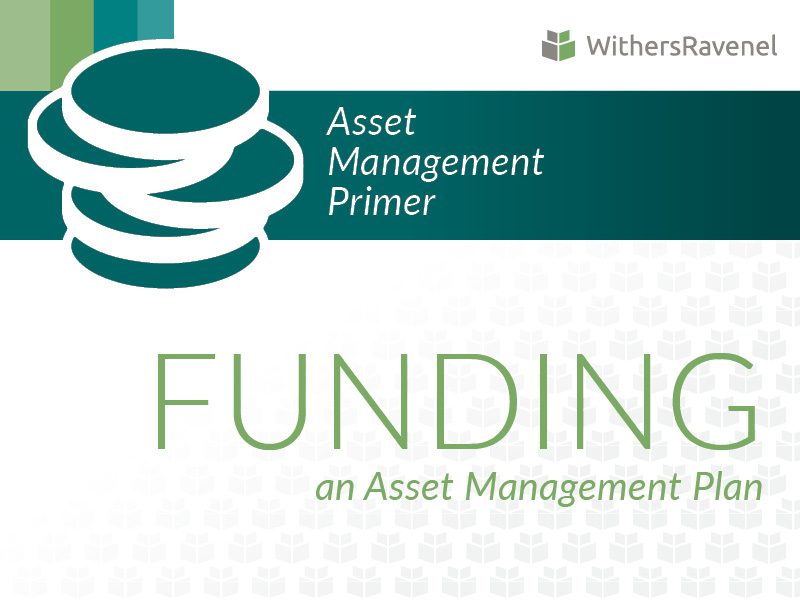
Once you have embraced the importance of an asset management plan and understand the steps necessary to create one, the biggest hurdle to developing and implementing it is typically funding. The list of assets to repair, maintain, or construct is frequently larger than the cash the government has on hand to leverage. Deferred maintenance costs, emergency repair costs, and insufficient revenue can all add up to little or no funding available to pay for undertaking an asset management plan.
Fortunately, there are numerous ways to fund asset management plans besides a budget line item:
Rate adjustments
Revenue and rate adequacy should be part of each government/utility’s annual budgetary planning process. However, it is never too late to analyze revenue adequacy and adjust rates to meet the ever-evolving demands on utility and general funds. By evaluating current rates and fees, leaders are able to identify areas where their services are not priced effectively to pay for currentmuch less futureoperations, maintenance, and capital needs.
Capital reserve fund
Capital improvement funds are effective and efficient ways to pay for future investments in capital assets. However, even when times are good, setting aside money for the future can be challenging. The key to being successful at funding capital reserves are two-fold: first, understand projected long-term financial needs, and second, set rates to generate revenue at a level that allows money to be set aside each year. Putting reserves in a dedicated capital fund can also protect the money from being used for other reasons than its intended capital investment purpose.
Loans and grants
Another creative way to bridge the funding gap is through the use of loans and grants. Often times the timing or cost of a project may not afford the opportunity to save for the required level of investment. In this case, borrowing funds makes a lot of sense. Borrowing also recognizes the durable nature of investments, spreading the cost of the investment over time as well as current and future rate payers. There are a multitude of sources for loan funds through both public lending institutions and state/federal agencies.
Additionally, some communities qualify for grants or principal forgiveness loans, as long as the stipulations in the loan agreement are satisfied. The availability and amount of grant funding varies by year and is typically based on a series of competitive factors deemed essential by the granting agency.
With more than $640 million in funding secured for our clients, we understand the importance that grants and loans play in funding critical infrastructure investments.
Savings from improved system efficiency
When communities are able to make upfront investments in asset management planning, they can use the savings from improved system efficiency to reinvest in further rehabilitation, replacement, and maintenance projects.
Jump to Other Posts in This Series
- Introduction
- Importance of an Asset Management Plan
- Elements of an Asset Management Plan
- Creating an Asset Management Plan
About Asset Management Planning at WithersRavenel
Asset management planning at WithersRavenel is provided by our Funding & Asset Management team, who focus on creating, managing, and funding utility systems as well as other kinds of projects. For more information or to start your asset management project, contact Funding & Asset Management Director Seth Robertson today.
